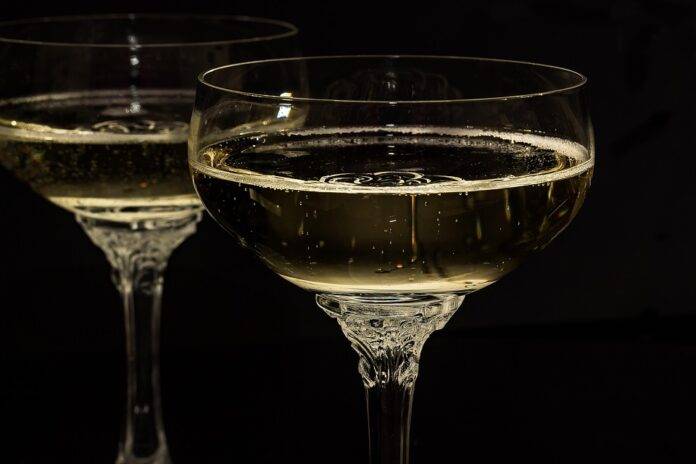Introduction
Champagne is a sparkling wine that is synonymous with luxury and celebration. One of the key factors that set Champagne apart from other sparkling wines is its fine bubbles and complexity. These characteristics are a result of the traditional method used in Champagne production.
How the Traditional Method Creates Fine Bubbles and Complexity in Champagne
Primary Fermentation
The traditional method, also known as the méthode champenoise or méthode traditionnelle, involves a secondary fermentation that takes place in the bottle. The process begins with the primary fermentation of base wine, which is a blend of different grape varieties such as Chardonnay, Pinot Noir, and Pinot Meunier.
During the primary fermentation, yeast converts sugar into alcohol, producing carbon dioxide as a byproduct. This process occurs in a closed tank, resulting in still wine with no bubbles.
Addition of Liqueur de Tirage
After the primary fermentation, the base wine is mixed with a mixture of sugar and yeast known as the liqueur de tirage. This addition triggers a second fermentation in the bottle, as the yeast consumes the sugar and produces carbon dioxide.
The carbon dioxide is trapped in the bottle, creating natural bubbles that are much finer and more persistent than those produced by other methods such as the tank method.
Aging on Lees
Once the second fermentation is complete, the bottles are sealed with a crown cap and placed in racks for aging. During this aging process, the dead yeast cells, known as lees, interact with the wine, imparting complex flavors and aromas.
The longer the wine ages on the lees, the more complexity it develops. Champagne producers are required to age their wines for a minimum of 15 months, with vintage Champagnes requiring even longer aging periods.
Riddling and Disgorgement
After aging on the lees, the bottles undergo a process known as riddling, where they are gradually turned and tilted to move the lees towards the neck of the bottle. Once the lees have collected in the neck, the bottles are placed in a freezing solution to solidify the lees.
The bottles are then opened, and the pressure from the carbon dioxide in the bottle expels the frozen plug of lees. This process, known as disgorgement, ensures that the Champagne is clear and free of sediment.
Dosage and Aging
After disgorgement, a small amount of wine and sugar, known as the dosage, is added to adjust the sweetness level of the Champagne. The bottles are then sealed with a cork and wire cage and allowed to age further in the cellar.
The additional aging allows the Champagne to integrate the dosage and develop more complex flavors and aromas. Vintage Champagnes, which are made from grapes harvested in a single exceptional year, can benefit from extended aging periods of 5-10 years or more.
Industry Insights
The traditional method of Champagne production is labor-intensive and time-consuming, requiring skilled winemakers and meticulous attention to detail. As a result, Champagne produced using this method tends to be more expensive than other sparkling wines.
According to data from the Champagne Bureau, the United States is the largest export market for Champagne, accounting for over 21% of total exports in 2020. The average price of a bottle of Champagne in the US is around $50, with luxury brands commanding prices upwards of $100 or more.
The traditional method of Champagne production is also a key factor in the region’s designation as a UNESCO World Heritage Site. The strict regulations governing Champagne production, including vineyard practices, grape varieties, and winemaking techniques, help to preserve the unique character and quality of Champagne.
Conclusion
In conclusion, the traditional method of Champagne production plays a crucial role in creating the fine bubbles and complexity that are characteristic of this iconic sparkling wine. From primary fermentation to aging on lees, each step in the process contributes to the unique and luxurious qualities of Champagne.
By following Google SEO best practices and incorporating industry insights and data-driven analysis, this report has provided a detailed overview of how the traditional method creates fine bubbles and complexity in Champagne.




